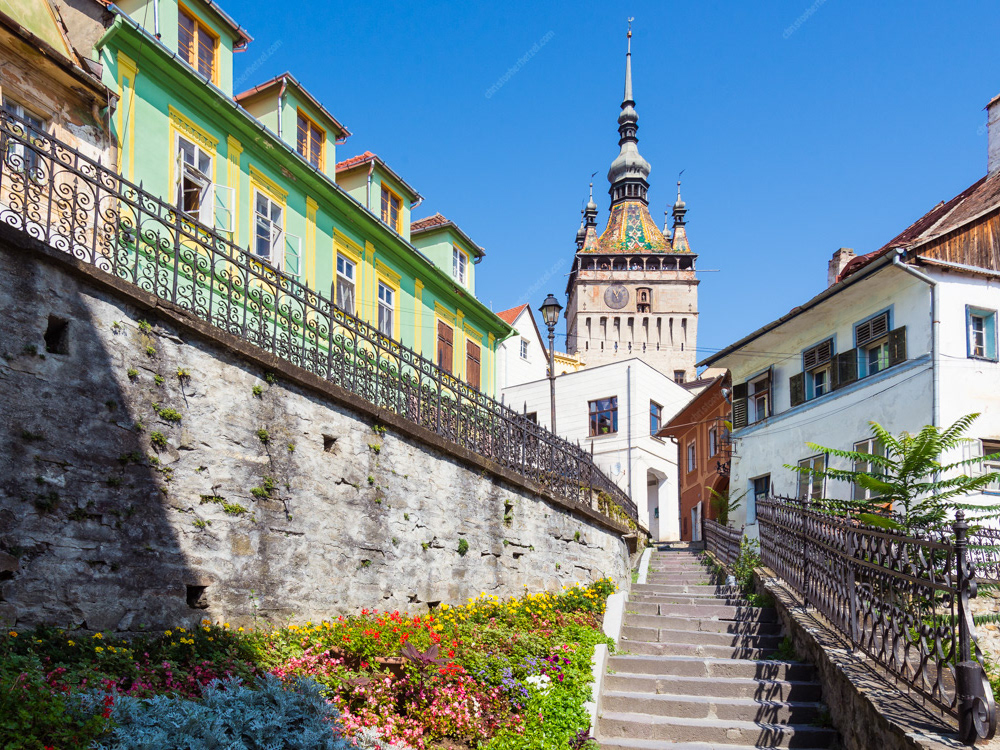Piața Mare
A panorama of the Piața Mare, or large square, in the historic center of Sibiu, Romania. First established in AD 1366, the square is bounded by many of the city's most important landmarks and has been the stage for many notable events throughout its history. The “Sf. Treime (Holy Trinity)” Roman-Catholic Church (built 1726-1733) is at the center-left, flanked by the Sibiu City Hall on its left (1906). Most of the rest of the Gothic and Baroque-style buildings around the square date to the 18th century, now containing a wide variety of shops and restaurants.
Catedrala Sfânta Treime
The Catedrala Sfânta Treime (Holy Trinity Cathedral) in Sibiu, Romania. Erected in 1904-1906, it is the seat of the Romanian Orthodox Archbishop of Sibiu and Metropolitan of Transylvania. It was built in the style of a Byzantine basilica (inspired by Hagia Sophia in Istanbul) with the main spires influenced by Baroque Transylvanian church architecture. The iconostasis and kliros were manufactured by Constantin Babic's firm in Bucharest. The painting on the pendants depicting the four evangelists and the soffit of the dome, with Jesus Pantocrator between the angels, as well as a part of the panels of iconostasis carved in wood and gold, were painted by Octavian Smighelschi (1866-1912), from the nearby village of Ludoș, assisted by Arthur Coulin ( 1869-1912).
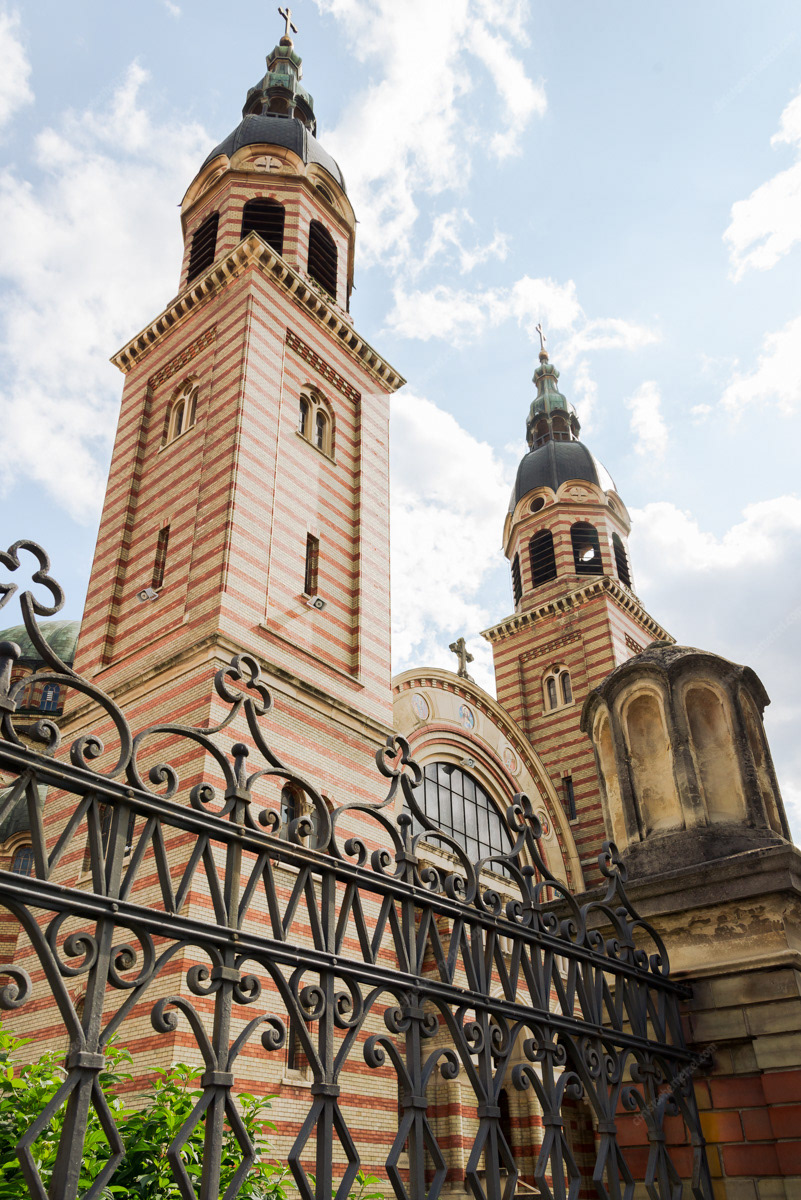
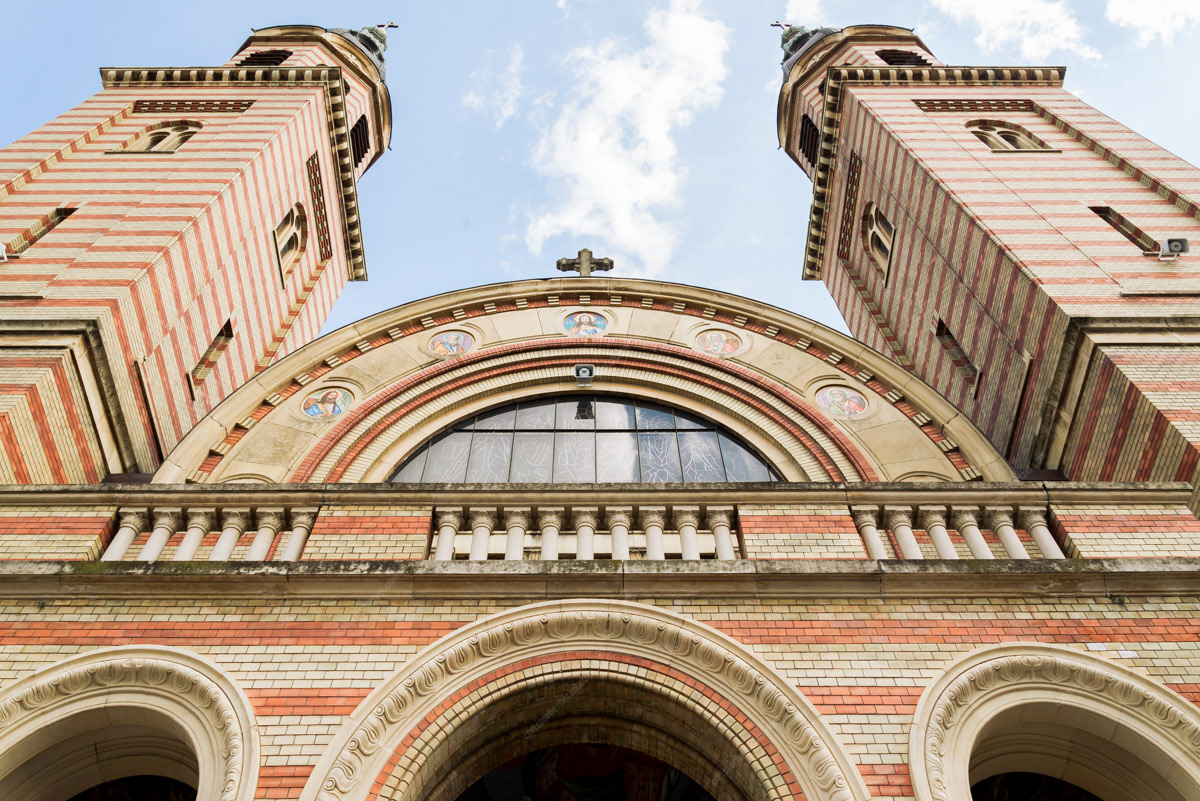
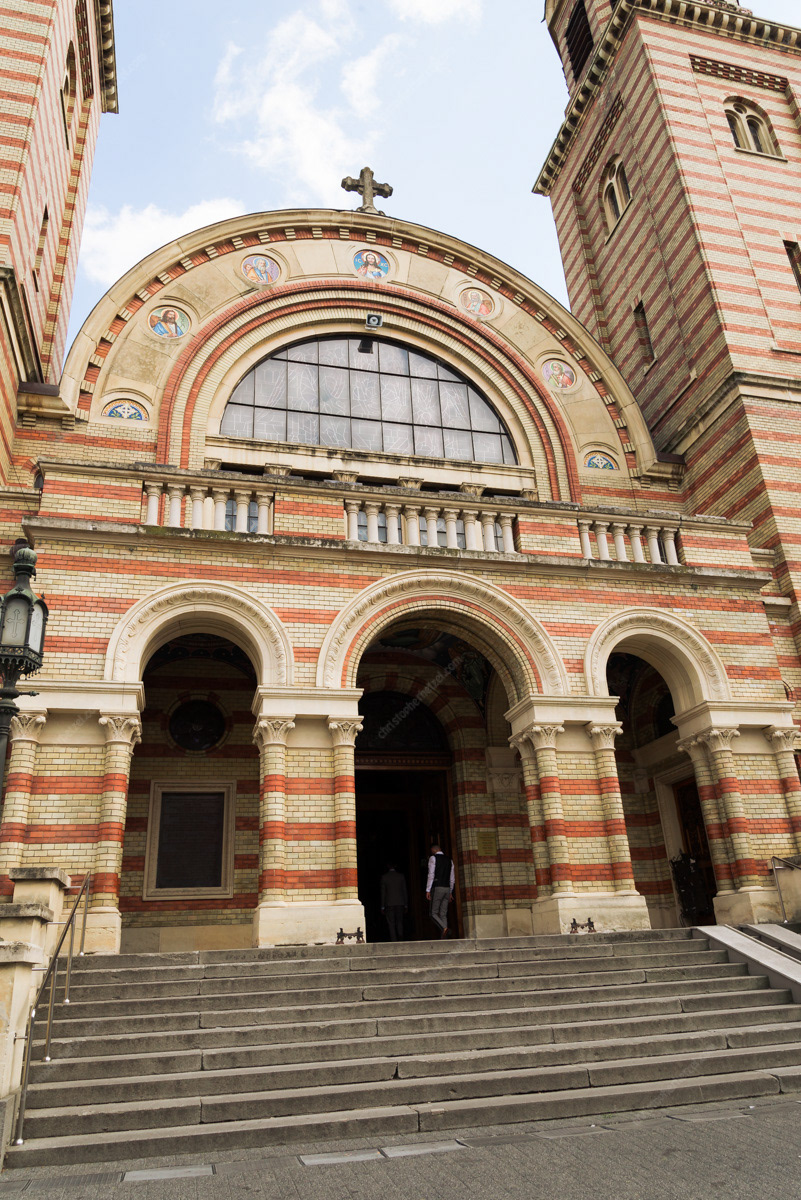
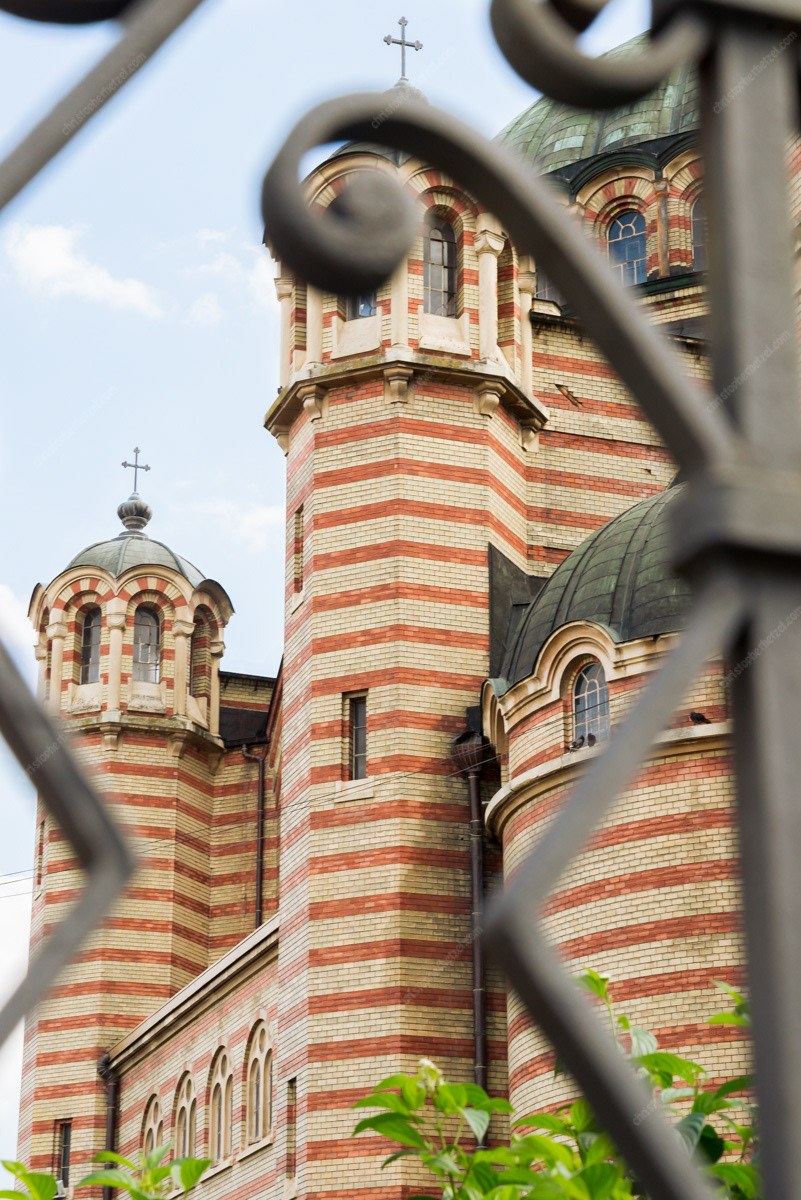
Bethlen House
The Bethlen House, better known as "The House with Caryatides," in Sibiu, Romania on Mitropoliei Street. Built by Rachel Bethlen, the widow of Lt. Col. Count Gregorius Bethlen, in 1786, the small palace replaced an older home belonging to renowned silversmith Sebastian Hann. A noble of Hungarian descent, Bethlen settled in the city after Holy Roman Emperor Joseph II opened Sibiu's gates to other nationalities in 1781. The caryatides are believed to have been made in the workshops of master Simon Hoffmayer, one of the most important sculptors in Transylvania at that time.
